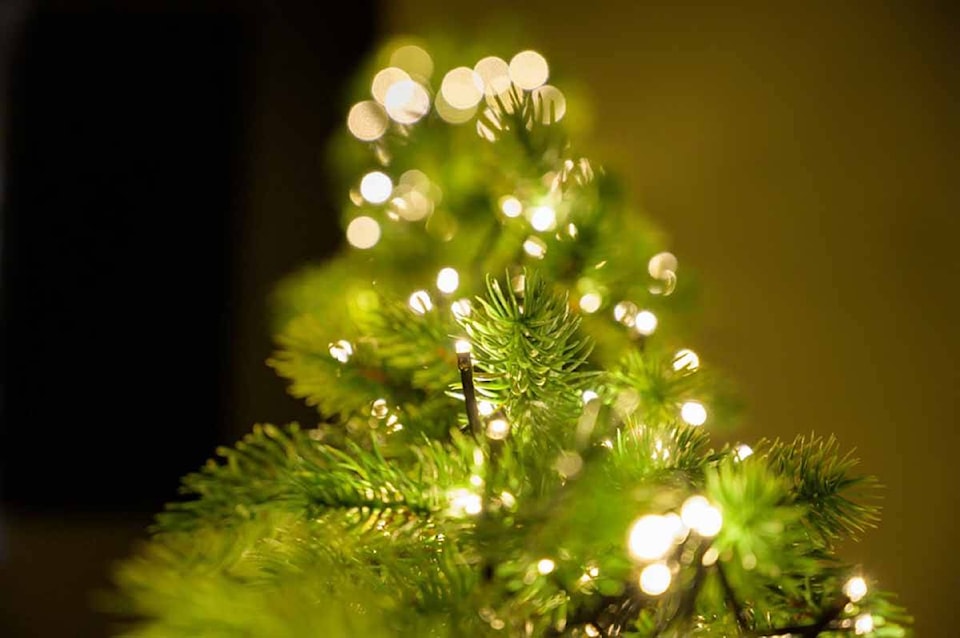That Christmas tree glow might be comforting during the transition into 2021, but it comes with a serious fire risk.
If your tree is still standing, it’s time to take it down.
Roughly 36 per cent of home fires that begin with Christmas trees occur in January, according to data from the National Fire Prevention Association (NFPA), a U.S. nonprofit aimed at eliminating injury and death related to fires.
“The drier [the tree] becomes the more risks associated with that,” said Chris Jancowski, chief of Esquimalt Fire Rescue. “After they’ve had the Christmas celebration it’s time to start thinking about recycling that tree.”
The association published a report on Christmas tree fires in December, writing that the longer a natural tree is up after Christmas, the more likely it is to dry out and ignite. Using U.S. fire department data, the NFPA found electrical distribution or light equipment is involved in almost half of home Christmas tree fires.
READ ALSO: Fatality confirmed in Christmas Day fire in North Cowichan
Jancowski noted many people now use safer LED lights on their trees, but incandescent, higher-voltage lights are still in circulation. He said he hasn’t seen people using candles on their trees for years, but that doesn’t mean it isn’t still happening.
“A lot of these factors also depend on how diligently they have been watering the tree,” he noted.
In the event a tree catches fire, the room can be up in flames in under one minute.
“Once they start, it’s hard to stop them because of how much dry fuel is involved,” Jancowski said. “You should make sure they are watered on a daily basis and always have a working smoke alarm and a working fire extinguisher.”
Trees should be placed away from fireplaces, floor heaters and other heat sources, according to the Canada Safety Council (CSC).
By January, it’s time to start thinking about next steps and removing the tree from your home – even if that means just taking it outside for now. On its website, CSC recommends disposing of real trees within 10 to 14 days of purchase or when the needles begin to fall off in large quantities.
For more news from Vancouver Island and beyond delivered daily into your inbox, please click here.
READ ALSO: Firefighters put out artificial Christmas tree someone put in fireplace
Do you have something to add to this story, or something else we should report on? Email: nina.grossman@blackpress.ca. Follow us on Instagram. Like us on Facebook and follow us on Twitter.
